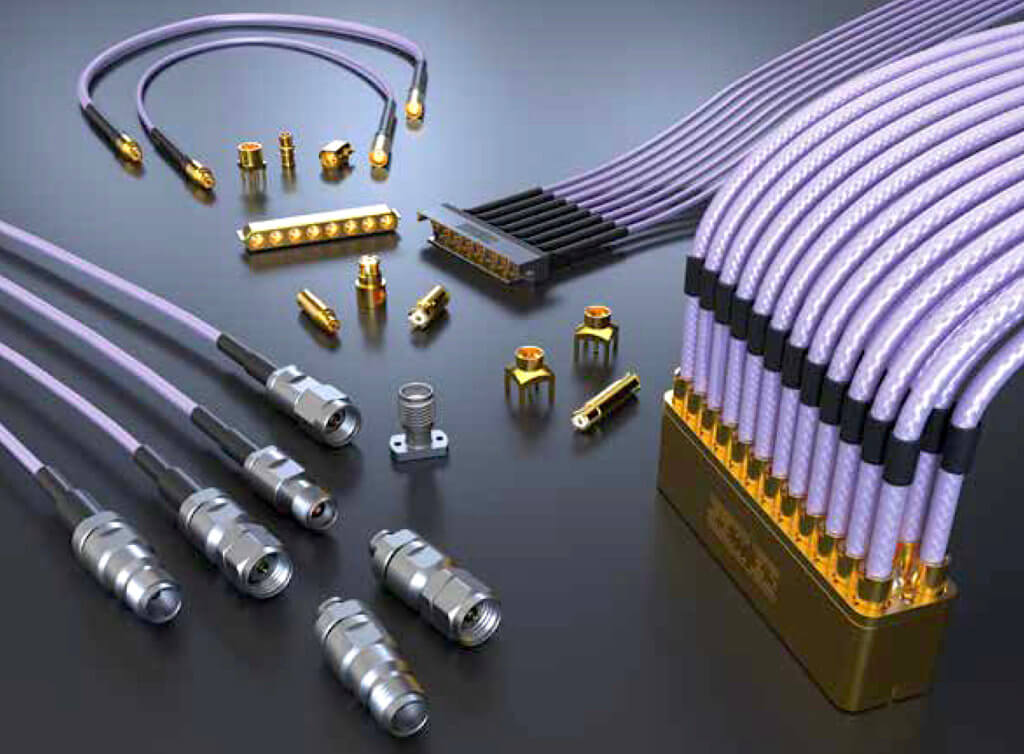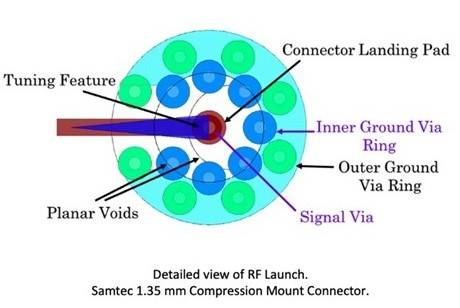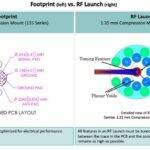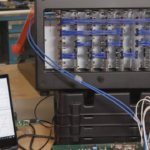As signal speeds increase, each part of the signal path getting to and from the device needs to work to higher frequencies.
Strategies that worked in the past no longer suffice and cheaper connectors no longer make the cut. Cable lengths and trace lengths need to get shorter to reduce losses. This makes intuitive sense.
However, what needs to be done with connectors to get them to perform better is not as straightforward. The selection and implementation of RF PCB connectors need to consider several factors.

To understand this better, let us consider an analogy. When shining light through a sheet of glass, part of the light gets reflected and part of it transmitted. The dirtier the glass, the less light gets transmitted.
An RF connector and its PCB launch work in much the same way. What is the connector launch? The connector launch refers to the physical structure that allows the signal and GND structure of the connector to mate to the trace in the PCB.
Good launches allow most of the signal energy entering the connector to be transmitted without distortion. As more and more applications migrate toward needing bandwidths of 100GHz, the design of the launch becomes quite involved.
The picture below shows the PCB stripline launch structure for a 90 GHz compression mount connector.

A compression mount connector is a PCB connector that does not require soldering. The connector is “compressed” onto landing pads on the PCB and can be disassembled and reused more than once if needed.
If you are wondering why the RF launch shown in the figure has so many components, the answer lies in getting low reflection signal transfer and mode-free performance up to the full bandwidth of the connector.
To understand why this is the case, and to learn more about RF launches, please check out this list of FAQs (Wideband RF Launches: Literally, Everything You Need To Know) or this whitepaper (Wideband RF Launches: More Than Footprints on PCBs). You don’t have to register or create a login or password, or jump through any other hoops.
Here’s a link to learn more about Samtec’s line of RF and Precision RF connectors and cable assemblies. And you may be interested in checking out Samtec gEEk spEEk® webinars, which frequently cover RF-related topics.



Leave a Reply